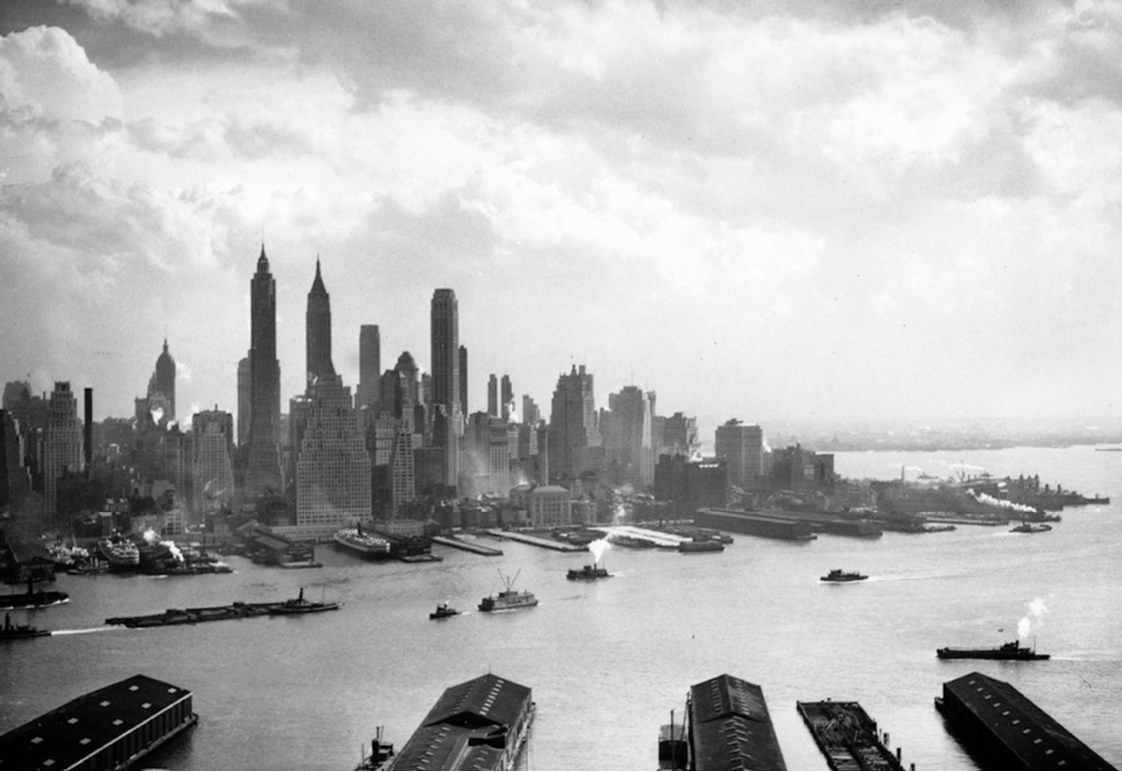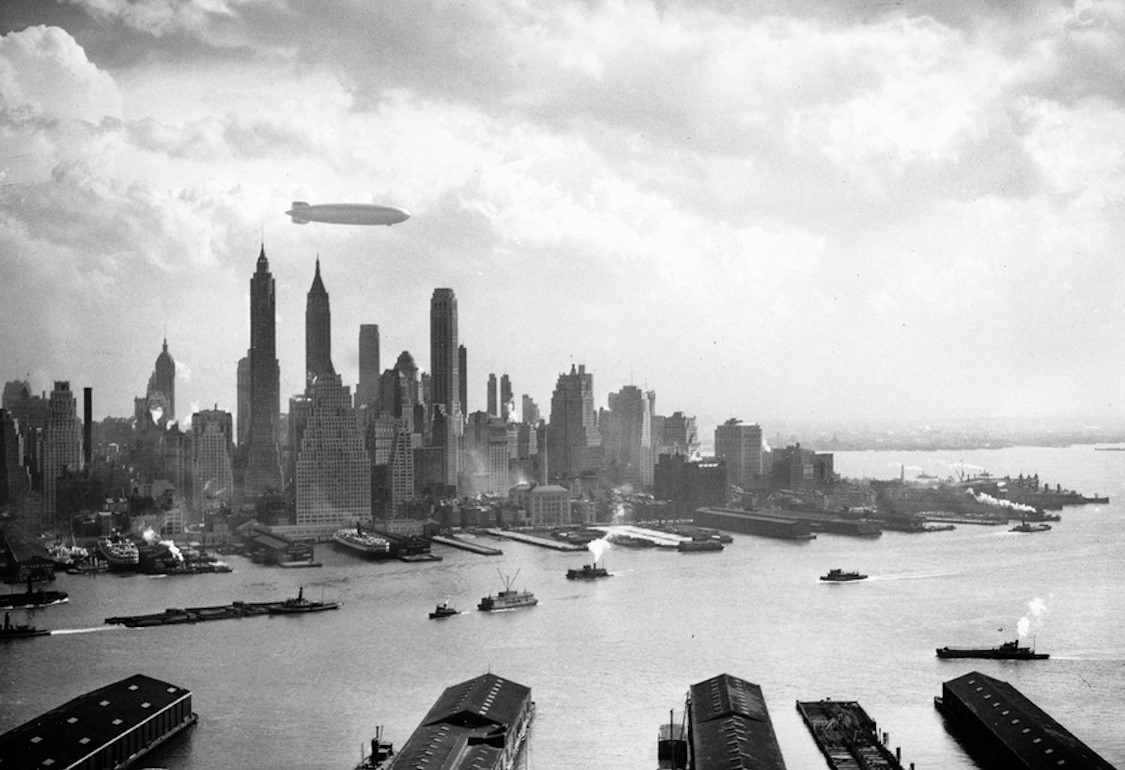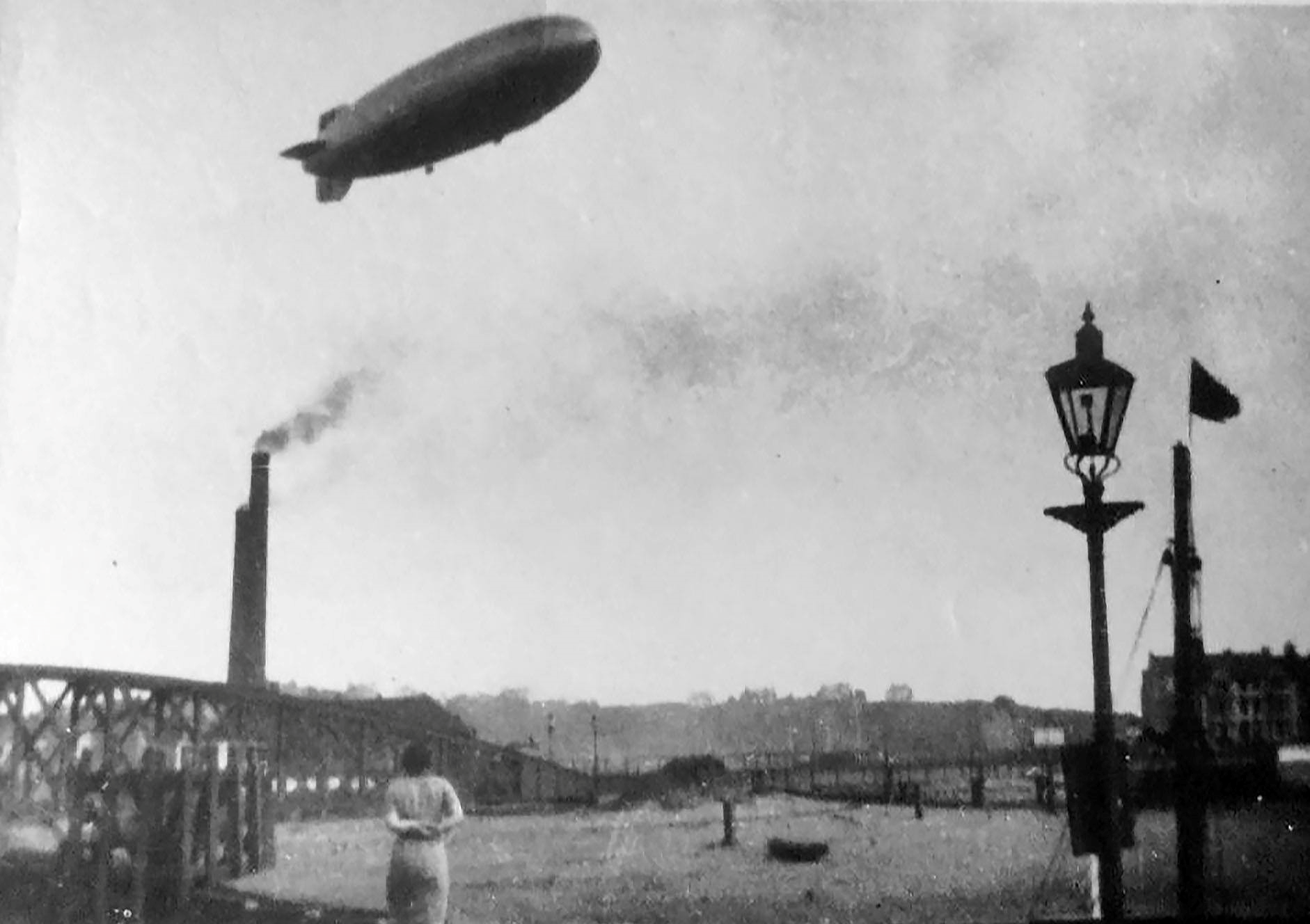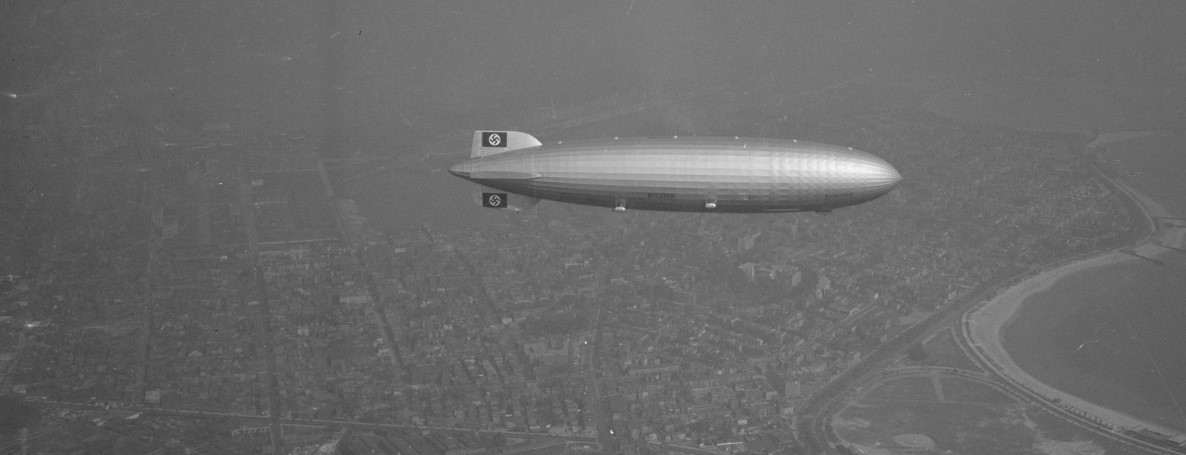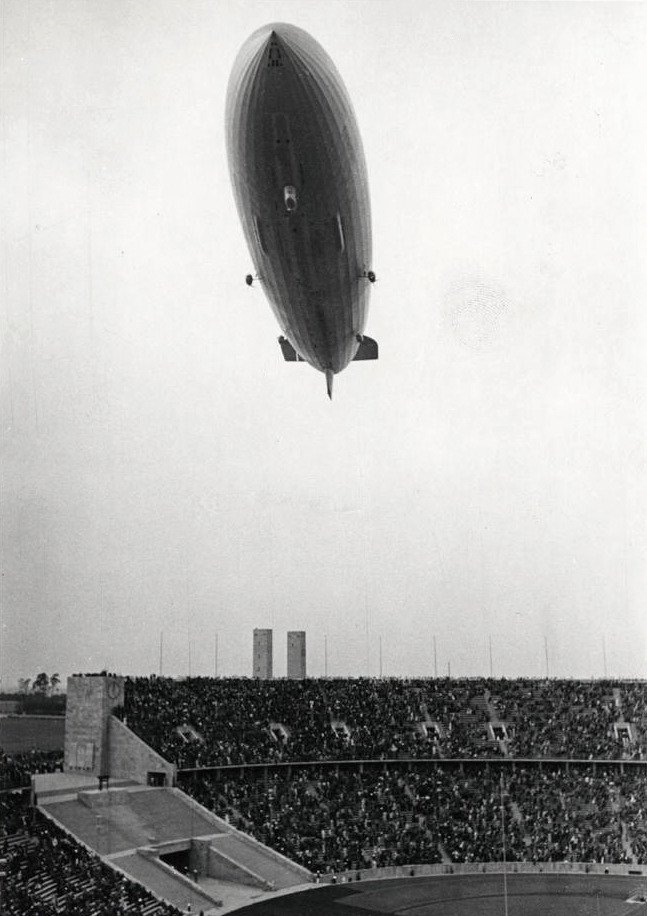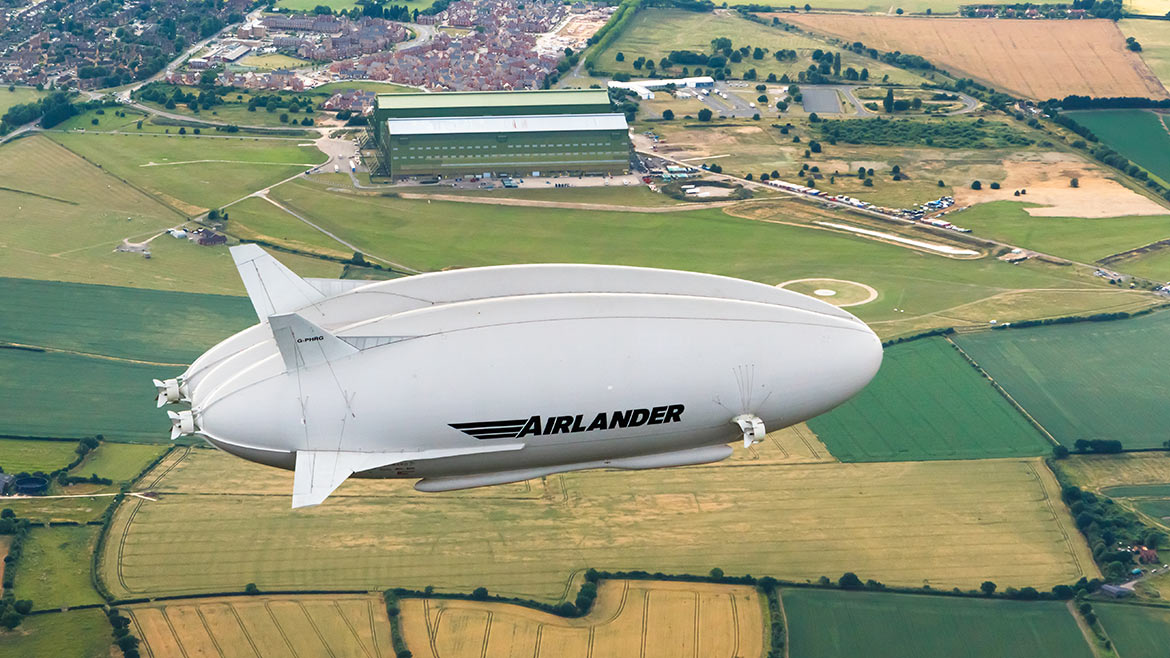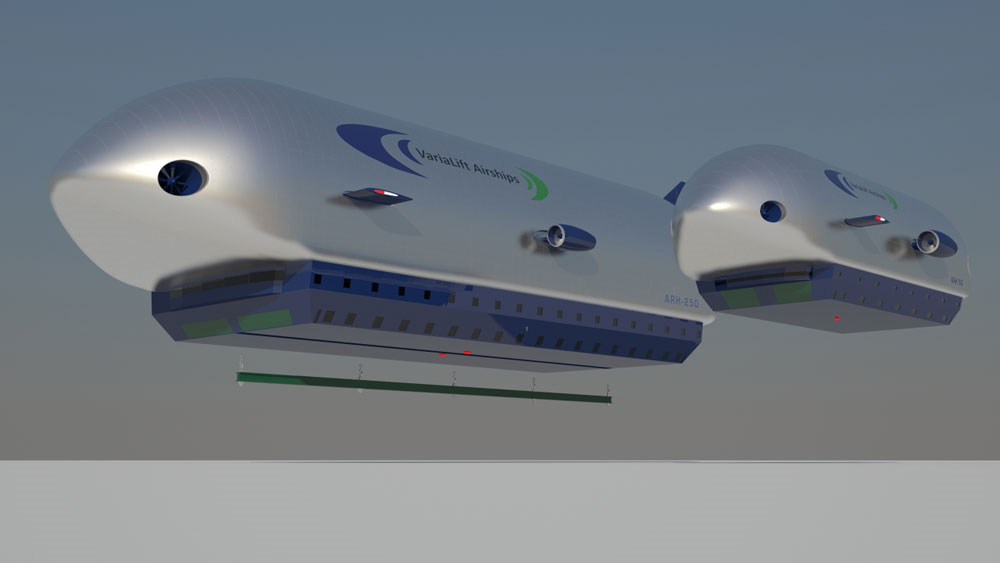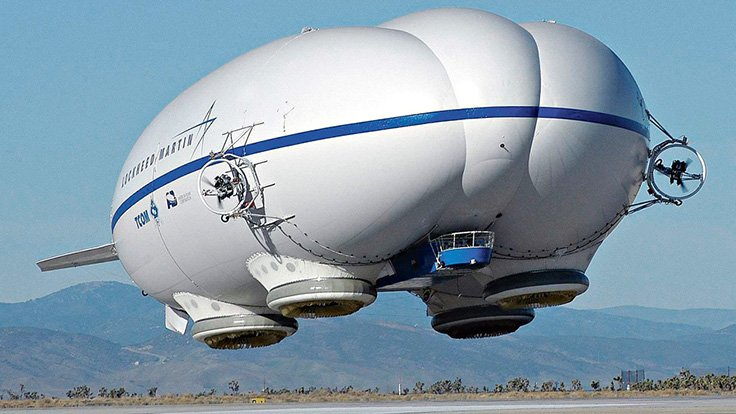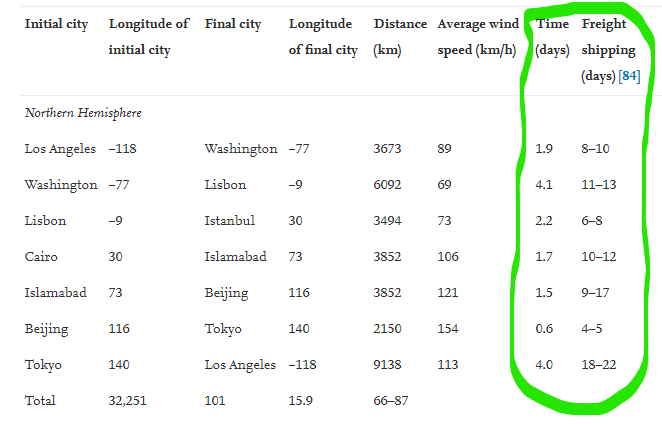Well that was quick! I was going to send through some additional doctored photographs, but several of you figured it out right away…
Yesterday I asked you what historical event brought a motley crew including commodity traders, a US business executive, a German acrobat, a Luftwaffe colonel and more together… how a trade war nearly killed them all… and what was missing from this image of New York, which is doctored:
Several of you got it right, and plenty at least partly right. But congratulations go to Alan P., the first to answer all three aspects of the riddle! A bottle of Malheur will be heading to your location, first-class in short order.
I’d prepared some “bread crumb” clues in the event that nobody got it at first blush. If you didn’t clock the answer yesterday, take a look at these other images, which are also missing the same object as the New York photo, and see if you can figure it out.
These are more obviously missing something. Here’s a photo from Ramsey Bay in the Isle of Man in the 1930s:
Here’s an aerial photo of Boston from the same period:
And here’s the 1936 Olympic Games in Berlin (a colleague told me this one looks like a book cover):
Any ideas what’s missing?
The answer
That motley band of folks I listed, hailing from Germany, Italy, the US, England and more, were all on the same voyage together from Frankfurt to New Jersey. They weren’t travelling by ship or by plane, but on board a certain airborne sack of hydrogen: the Hindenburg.
The zeppelin looks so alien by today’s standards that it’s the original photographs which look doctored:
The Hindenburg was originally designed to be filled with the much safer helium to make it lighter than air. But a US embargo on helium exports to Germany (fearing the use of zeppelins in war) led to it being re-engineered for the highly flammable hydrogen.
When that hydrogen ignited upon arrival in New Jersey, and killed over a third of those on board (including some on that list) it not only destroyed the reputation of airships, but of hydrogen as well.
But some 80 years later, hydrogen, airships, and hydrogen-filled airships have been making something of a comeback.
And ironically, just as the Germans were forced into using hydrogen to fill their airships, we may well be forced to use hydrogen. Politicians will at the very least attempt to paint our behaviour and the energy market green in order to please the climate crowd and gain an edge over rival governments in the G7.
That’s not to say there isn’t huge potential in hydrogen power, not only as a source of efficient power generation but for investors as well.
As our publisher Nick O’Connor puts it “Hydrogen is like the energy source that never was… until now.”
Visibility for the sector is likely to increase markedly this year when the world watches the Tokyo Olympics where the Olympic Village and even the Olympic torch will be powered by hydrogen.
As for the return of airships, there’s interestingly been a lot of development for future zeppelins here in the UK.
There’s Hybrid Air Vehicles based in Bedford who makes the Airlander:
There’s also a company called Varialift based in the UK which is aiming to manufacture airships which can handle a 250 metric tonne cargo:
Lockheed Martin out in the US has built the LMH-1, but a UK company called Straightline Aviation has signed a letter of intent to buy 12 of them:
The attraction of airships is that they produce far less emissions, while being faster than ocean-bound container ships. They also don’t require a runway (or very much of one) so they can access remote areas, and even land on water.
And their massive size allows them to transport objects which would otherwise be too big for conventional aircraft – like green energy infrastructure. From Engineering360:
One application in particular that the LMH-1 is being targeted for is the transportation of wind turbine blades. The wind energy market is growing at a rate of more than 10 percent per year.
According to Lockheed Martin, this translates to more than 10,000 new wind turbine installations over the next 20 years. The size of wind turbines has been steadily increasing, and can currently measure 300 ft. in height. The turbine nacelle may weigh as much as 75 tons, the tower 24 tons and each of the blades an additional 9 tons.
Land transportation of structures of this size is extremely difficult and exceeds the infrastructure limits in many cases. Transporting by rail and ship have limitations as well and may require many trips to complete the process.
Delve even further into the possible future of airships, and you find a paper written in a scientific journal called Energy Conversion and Management which has some radical conclusions.
If correct, airships would not only be much cleaner than the massive container ships we rely on for the transport of goods – but actually cheaper and faster.
The plan would be to take advantage of the naturally occurring jet stream, a 100-mile-an-hour wind running from east to west across various latitudes. And it would bring back hydrogen as the gas to fill the zeppelins, as helium is much more expensive and not so buoyant. Hydrogen used to inflate the airship could also be unloaded after the cargo had reached its destination to be used in the local hydrogen economy, assuming hydrogen power takes off.
From the paper, titled: “Using the jet stream for sustainable airship and balloon transportation of cargo and hydrogen”:
Although there could be a large demand for airship transportation, the high cost of helium would reduce commercial viability, especially in comparison with hydrogen which is cheap and abundant, however, using hydrogen poses a larger risk, as it is flammable and explosive, as seen in the 1937 Hindenburg disaster, which is the main reason why the use of airships was discontinued. Around 90% of the reported accidents linked to hydrogen airships involved fire and the majority involved fatalities. The risk of fatalities with hydrogen airships would, however, reduce considerably if (i) airship transportation, loading, and unloading were performed autonomously, (ii) airship ports were located in isolated areas, and (iii) airships were not allowed to pass above large cities at low altitudes.
Hydrogen is a good energy carrier and a valuable energy storage alternative, having a gravimetric energy density (120 MJ/kg) three times higher than that of gasoline. Given that renewable electricity, for example, excess wind power, can be transformed into hydrogen through the electrolysis of water, there is optimism that the hydrogen economy will form a fundamental part of a clean and sustainable future. The most promising progress to date has been in the vehicle transport sector of Japan, with more than 100 hydrogen filling stations in existence as of 2018.
These are just estimates on paper, but look at its estimates of how long it would take to transport goods over the jet stream in massive airships, relative to freight shipping on the far right:
Faster, cleaner, and scalable? You rarely find a win-win in the green solutions department… but if the paper is correct, a return to the golden age of airships might actually be on the cards…
More to come,
Boaz Shoshan
Editor, Capital & Conflict
Category: Market updates


